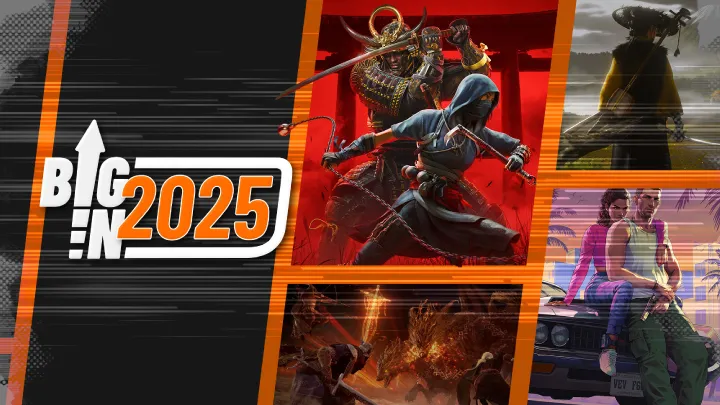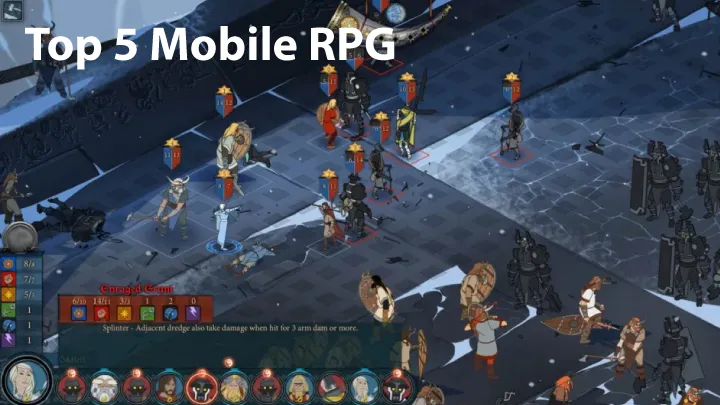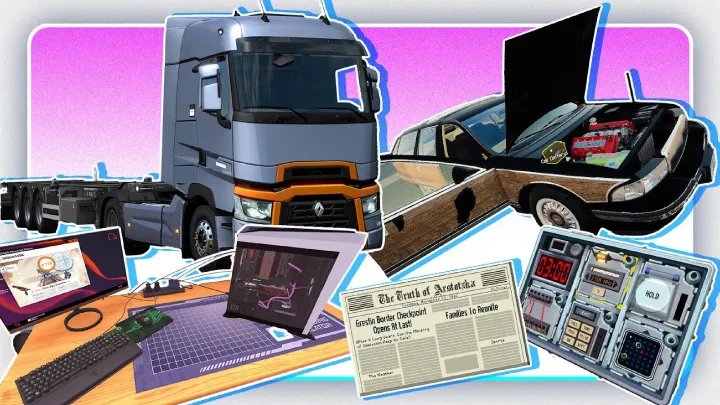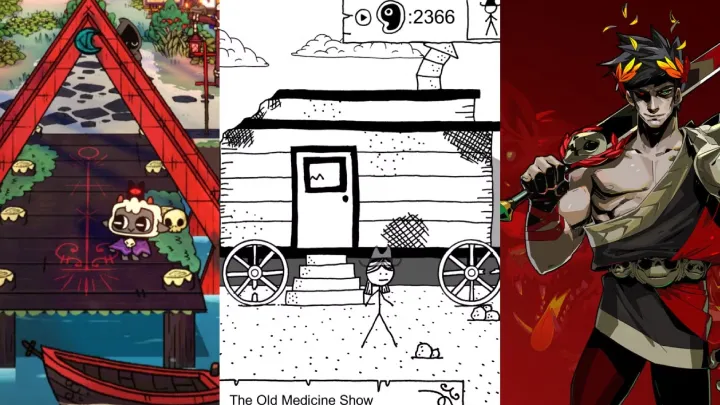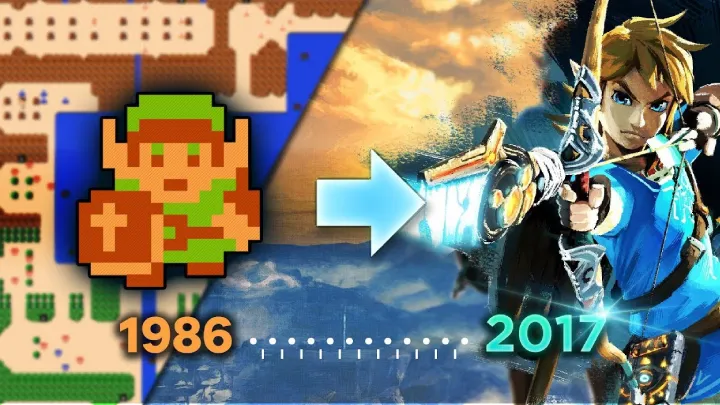Introduction
BeamNG.drive is one of the most realistic vehicle simulation games ever created. Thanks to its advanced soft-body physics engine, it provides an unmatched experience in driving, crashes, and vehicle control. Unlike arcade racers, this game focuses on precision and realism. A simple mistake such as turning too sharply or braking too late can drastically affect performance.
For beginners, the game can feel overwhelming, but with patience and guidance, anyone can learn to master its deep mechanics. This guide will walk you through everything you need to know—from beginner basics to advanced driving techniques—so you can unlock the full potential of BeamNG.drive.
1. Getting Started with BeamNG.drive
The first step for newcomers is to adjust expectations. BeamNG.drive is not about fast-paced arcade racing; it’s about realism. Every turn, bump, and crash behaves as it would in the real world.
Spending time in Free Roam mode is essential. Use this space to get comfortable with how cars respond to different speeds and terrains. You’ll quickly see that controlling a car in BeamNG.drive requires far more skill than in standard racing titles.
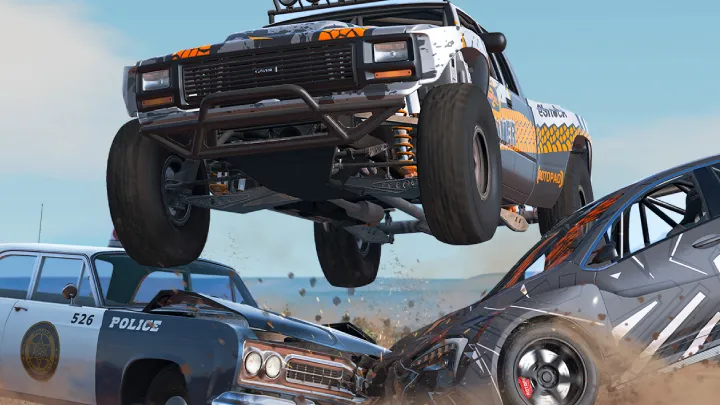
Learning the controls is critical. If possible, use a steering wheel or a controller, as they provide much smoother inputs than a keyboard. Practice gentle throttle application, controlled braking, and smooth steering to avoid oversteer or loss of control.
For beginners, it’s best to start with stable vehicles like the Gavril D-Series pickup. These are more forgiving compared to high-performance sports cars, which are difficult to handle.
2. Understanding the Physics Engine
BeamNG.drive’s soft-body physics system is its standout feature. Unlike games with pre-rendered crashes, BeamNG.drive calculates every bend, dent, and deformation in real time.
This means damage isn’t just cosmetic. A broken suspension will affect steering, a bent chassis can alter handling, and a damaged radiator may cause overheating.
Terrain also plays a huge role. Driving on gravel feels completely different from asphalt or mud. Grip, braking distances, and vehicle behavior vary depending on the surface. Learning to adapt to each terrain is crucial for success.
3. Mastering Vehicle Handling
Handling is the foundation of driving in BeamNG.drive. Smooth inputs are far more effective than aggressive button presses.
Steering requires precision. Jerky movements often lead to oversteering, while smooth, gradual steering keeps cars stable.
Throttle and braking control also demand attention. Slamming the accelerator causes wheel spin, while sudden braking—especially without ABS—can lock up the wheels and cause skidding.
Common handling mistakes include turning too sharply, braking too late into corners, and accelerating too early during a turn. Avoiding these habits will drastically improve your driving.
4. Using Driver Assists and Tuning Options
BeamNG.drive offers optional driver assists that can help beginners until they feel ready for full realism.
Some key assists include:
- ABS (Anti-lock Braking System) to prevent wheel lock-up.
- ESC (Electronic Stability Control) to reduce skidding.
- TCS (Traction Control System) to limit wheel spin.
Beyond assists, tuning is a powerful tool. You can adjust suspension stiffness, gear ratios, and tire pressure. For example, a soft suspension works best off-road, while stiff suspension provides stability for high-speed tracks. Understanding and experimenting with tuning settings will help you optimize performance for each scenario.
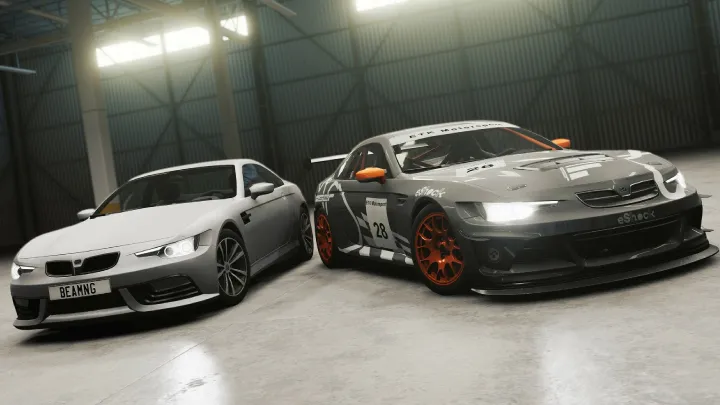
5. Exploring Game Modes
BeamNG.drive provides multiple ways to play, and each mode serves a unique purpose.
Free Roam is perfect for learning. You can test vehicles, explore maps, and experiment with tuning.
Scenarios add structured challenges, such as timed races, obstacle courses, or police chases. These are great for applying your skills in specific situations.
Campaigns combine scenarios into themed challenges, testing a wide variety of skills from damage control to precision driving.
Trying all modes ensures you gain well-rounded experience in different driving conditions.
6. Off-Road Driving Tips
Off-road driving is one of BeamNG.drive’s most exciting features. Mud, gravel, and rocks push vehicles to their limits.
Choosing the right vehicle is key. Trucks like the Gavril D-Series or Hopper perform far better than sports cars in rough conditions.
When driving off-road, use low gears to maintain torque. Momentum is critical, especially when climbing hills. Braking should be done gently to prevent sliding on loose surfaces.
Before heading off-road, prepare your vehicle. Engage four-wheel drive or differential locks if available, reduce tire pressure for better traction, and adjust suspension for uneven terrain.
7. Racing Techniques
Although BeamNG.drive isn’t primarily a racing game, it offers plenty of opportunities for competitive driving.
The most important racing skill is cornering. Always brake before entering a corner, steer smoothly through it, and accelerate only once you begin to exit.
Drafting is another useful technique. By staying behind another car, you reduce aerodynamic drag, making it easier to overtake.
Remember that consistency often beats reckless speed. Crashes cause damage, which will hurt your chances of finishing well. Staying disciplined is the key to racing success.
8. Crash Testing and Learning from Accidents
One of BeamNG.drive’s most unique aspects is crash testing. Crashes are not just entertaining—they’re valuable learning tools.
By deliberately testing crashes, you can see how vehicles deform and how damage affects performance. This teaches you about real-world vehicle weaknesses.
Practical uses include testing braking distances on different surfaces, examining rollover behavior, and learning recovery techniques after an accident. Each crash can provide insight that helps improve your driving skills.
9. Advanced Driving Techniques
Once you’ve mastered the basics, you can start experimenting with advanced techniques.
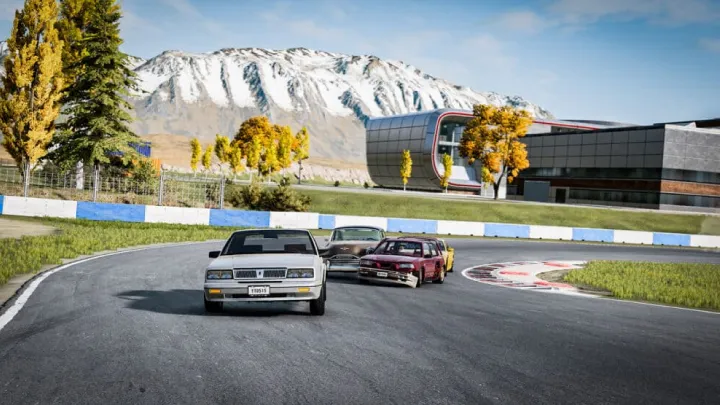
Drifting is a fun and challenging skill. To drift, use a rear-wheel-drive car, apply throttle mid-turn, and countersteer to maintain the slide.
Rally driving is another advanced discipline. Rally courses demand precision and adaptability, as surfaces and conditions change rapidly.
For even more fun, stunt driving allows you to experiment with ramps, flips, and jumps. While not always practical, it helps improve your control and reaction time.
10. Common Mistakes and Pro Tips
Even skilled players make mistakes. The most common include driving too fast for conditions, overusing brakes or throttle, and ignoring vehicle tuning.
To avoid these, always adapt your driving to the terrain and conditions. Use replays to study your mistakes and learn from them.
Pro tips include experimenting with different vehicles to expand your skill set, practicing in challenging environments, and focusing on smooth, consistent driving rather than speed alone.
Conclusion
BeamNG.drive is more than just a game—it’s a full driving simulation that rewards careful learning and precision. From handling basics to advanced rally techniques, the game provides endless opportunities to improve your driving skills.
By experimenting with assists, mastering tuning, and practicing across different terrains, players can transform their experience from frustrating crashes into smooth and skilled driving. Whether your goal is to race, test vehicles, or simply enjoy the thrill of realistic driving, BeamNG.drive offers something for everyone.








